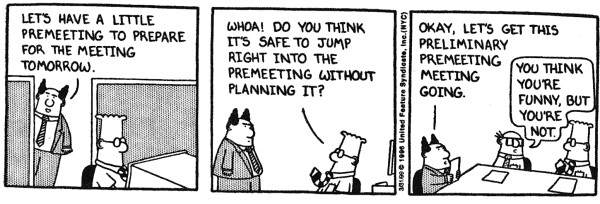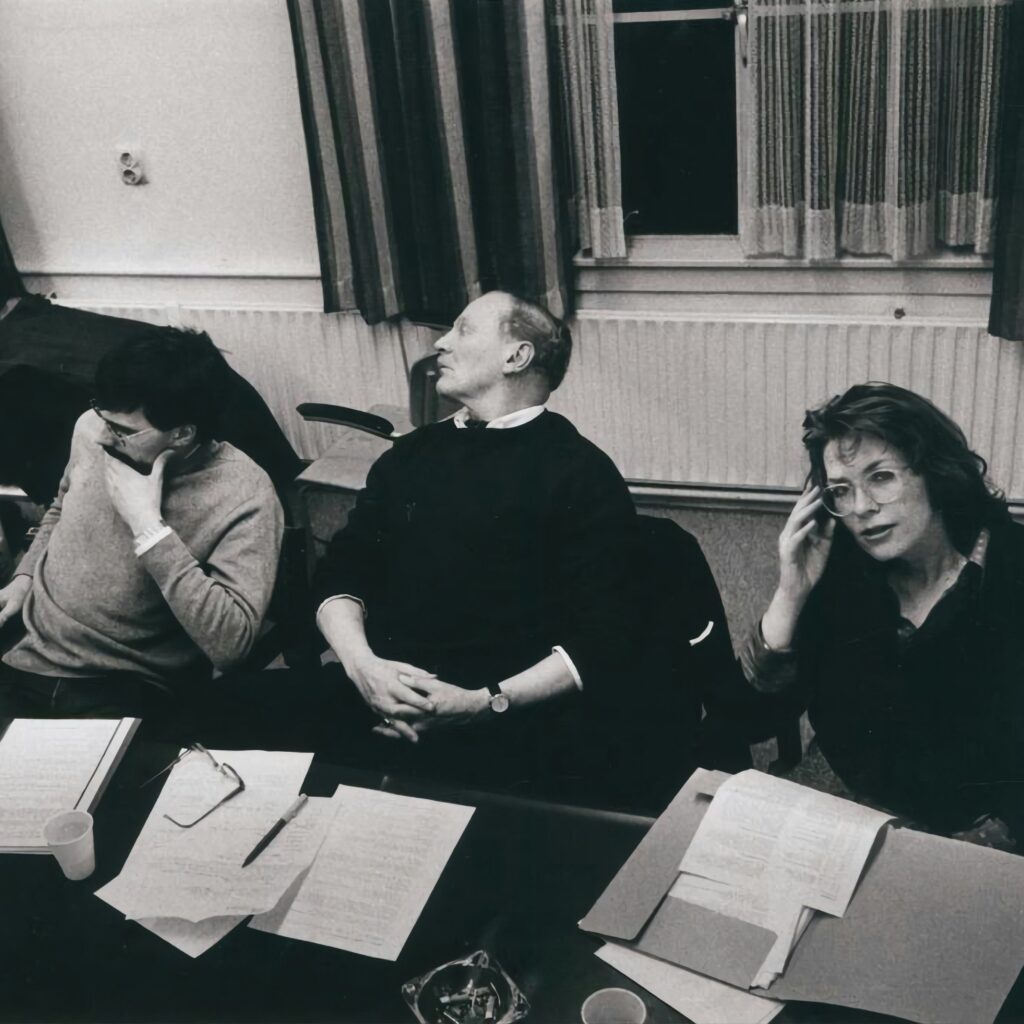Written by Eero Sikka
If your calendar is full, your impact is empty.
But it doesn’t have to be this way. Around the world, organizations are proving that when meetings are redesigned with clarity and trust, they stop being time sinks—and start becoming catalysts for focus, energy, and meaningful work.
Across the globe, workers are drowning in meetings—and it’s killing both productivity and spirit.
• Employees spend up to 23 hours per week in meetings, yet 71% of them are considered unproductive (Doodle Meeting Report).
• 65% of professionals say meetings prevent them from doing actual work (Harvard Business Review).
• Bad meetings don’t just waste time—they tank morale. One survey found that 44% of employees say poorly run meetings damaged their ability to focus and collaborate (Microsoft Work Trend Index).
The result?

Billions of dollars, countless hours, and immeasurable creative energy are being burned in calendar hell. This isn’t a minor inconvenience. It’s a global epidemic.
Why meetings fail everywhere
Let’s be blunt: endless meetings are not the root cause. They’re just the symptom. The real disease lies in how we design our organizations.
• No agenda, no outcome. 62% of global workers say meetings lack a clear purpose.
• Decision gridlock. Meetings become places to postpone decisions instead of making them.
• Repetition and noise. Teams complain about rehashing information that could’ve been shared asynchronously.
• Disengagement. 55% of global workers admit to multitasking during virtual meetings.
• Meeting hangovers. In one global survey, over 90% of employees reported reduced energy and focus after ineffective meetings.
If you’ve ever left a “catch-up” feeling drained, you’ve experienced the hangover. And it’s universal.
What global research shows
Here’s the hopeful part: the cure exists—and it scales across cultures.
Studies in the U.S., Europe, and Asia all confirm that meeting-free days boost productivity, engagement, and mental health.
Multinationals like Shopify (Canada), SAP (Germany), and Asana (US) are proving that carving out no-meeting zones resets energy and unlocks deep work.
Microsoft’s global research shows that organizations with shorter, more intentional meetings report significantly higher employee satisfaction and agility.
The takeaway? Wherever you are in the world, when you design systems around trust, clarity, and distributed decision-making, meetings become tools—not traps.
How to make meetings matter
It’s time to reclaim time. Organizations that have redesigned meetings share a simple pattern:
1. Agenda-first invites. If it’s not clear why we’re meeting, we don’t.
2. Short, sharp sessions. Most meetings can be cut in half—or scrapped entirely.
3. Meeting-free days. Give teams uninterrupted focus, and watch productivity rise.
4. Decision-making at the edges. Let people closest to the knowledge decide, instead of waiting for approval up the chain.
This isn’t about banning meetings. It’s about redesigning work so meetings serve a purpose and support flow, not bureaucracy and ego.
The invitation
If your calendar is full, your mind is empty.
However, at Nex Day, we’re not here to complain about meetings. We’re here to redesign work itself — so meetings actually matter.
You’ll learn from global pioneers who cut calendar chaos, rebuilt decision-making, and proved that clarity and autonomy outperform control every time.
Join us at Nex Day and trade a calendar of meetings for a calendar of impact.


